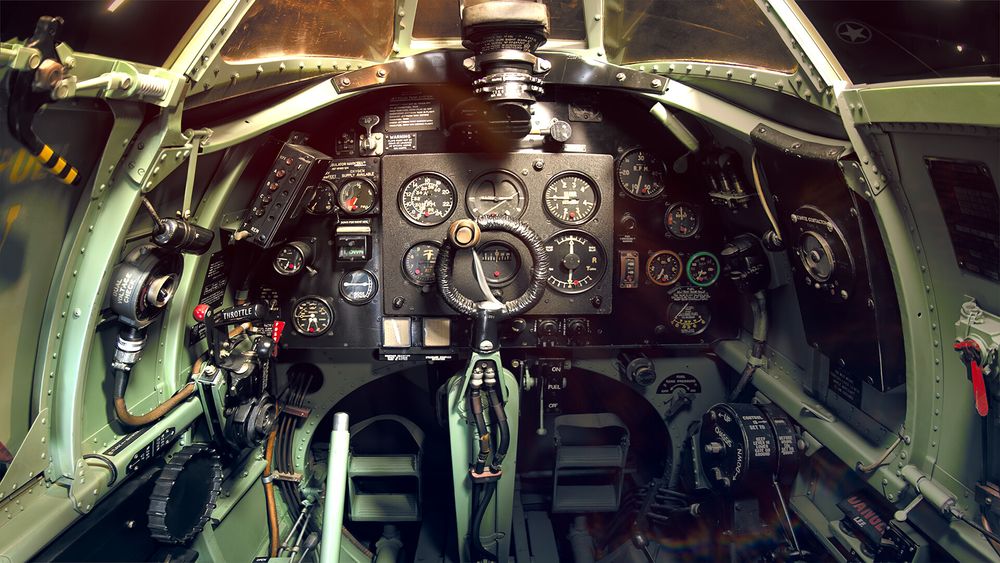
Career Advice: Working as a 3D Modeler in Visual Effects
In this interview, Jonathan Bacheter, a skilled 3D Modeller and Environment Artist based in the UK, shares his inspiring journey and valuable advice for aspiring VFX artists.
Looking to embark on a career in the VFX industry? Meet Jonathan Bacheter, a highly skilled 3D Modeller and Environment Artist based in France. What sets Jonathan apart is his remarkable journey of venturing into this field later in life, starting anew at the age of 30. Graduating from ArtFX school in France at the age of 37, he has since made significant contributions to renowned productions such as Thor Love and Thunder, Moon Knight, The Last of Us, and more. In this interview, Jonathan graciously sits down with us to share his extraordinary path and offer valuable guidance to aspiring artists who seek a rewarding career like his own.
I'm a modeler. That means I have to model the vehicles, vegetation, buildings, props needed, etc, from any concept or image reference. I have to be a problem solver too. Making tools when it's required. Helping other artists ( When I can ) to solve their problems. Giving a process. At some points, I have to give a brief and follow the work of other artists.
I'm at Outpost VFX, working out of their UK studio. We make all kinds of visual effects for film and episodic productions. Most recently I worked on Fast X. Outpost's other recent projects include Silo, Extraction 2, The Lord of the Rings: The Rings of Power.
When I was a child, art held a special place in my family. It was an essential part of our home, with music, drawing, painting, sculpture, and films all playing a significant role. I grew up surrounded by these artistic expressions, and movies became a constant source of fascination for me, starting from as far back as I can remember. One film that left a lasting impression on me as a kid was King Kong (1933). Even at the age of 8, I was already engrossed in behind-the-scenes footage, particularly those featuring stunts and special effects.
However, it never occurred to me that working in the film industry could be a real possibility. In my mind, it felt as distant and unattainable as becoming an astronaut—an aspiration reserved for a privileged few. This perception persisted until a significant turning point in my life. When my boss passed away, I found myself unexpectedly unemployed and facing an uncertain future. It was during this challenging time that I came across the movie Interstellar, which reignited a dormant passion within me.
Oooh...It's been a lot of pain. I graduated from ArtFX School with the film Time's Down, during the Covid Crisis. I didn't have any job prospects. I didn't receive any feedback from recruiters and studios for a few months.
I had a lot of doubts. I worked as a bricklayer to live, pay rent, flat, food, etc.
I started to think I was too old. Or not skilled enough. I lost my motivation. I felt like an imposter. I continued to work on personal projects and exploring jobs that would pay the bills.
It was when I was asked by ArtFX to participate on an open day for recruiters to interview junior talent, that my luck changed. I got an interview with Dwarf Animation Studio in France, among others. And finally, a couple of days later, I got my first contract.
In fact, I have different work experiences than most 3D Artists because I didn't begin working in the VFX Industry. In my old job, I was in very stressful situations, caring for people who depended on me to keep their oxygen flowing to stay alive. It was a lot of responsibility with very high stakes. I already had to lead teams etc.
I moved into the VFX industry, starting with Dwarf Animation Studio, as an environment modeler for the Netflix show, My Dad the Bounty Hunter.
Thereafter I got the opportunity to start at Framestore. I remember I was like a kid jumping around everywhere in my room after the interview (true fact!) I began on Thor Love and Thunder.
Fast forward to my latest role at Outpost VFX as a Lead Modeler on FastX.
I was drawn in by the students' work when I was considering a VFX school.
I watched all the graduation movies and saw that the students' work looked professional and outstanding, which was fundamental for me when choosing to study at ArtFX.
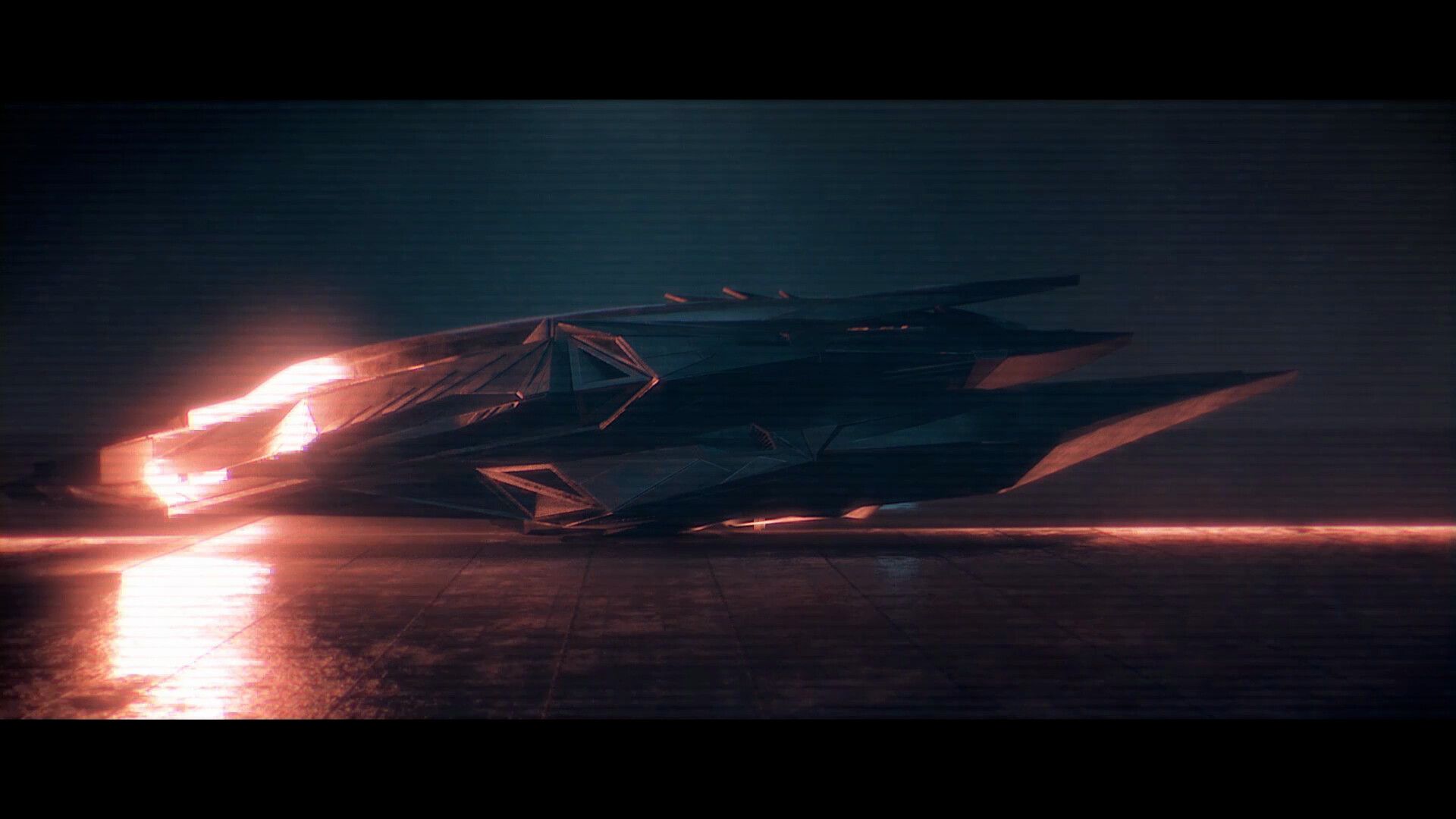
Seeing that almost all of the graduates who worked on these amazing films had jobs in the VFX industry or Film, such as I dreamt of doing, definitively convinced me. It allowed me to understand which schools could help me break the VFX industry. That's why I choose ArtFX.
With ArtFX, students start to get an overview of all specialities. Then, the student specialises more and more in their formation. Diving into the technical aspect keeps the artistic area in their mind. Doing personal projects is a crucial thing every year. The art knowledge about the films, the composition of an image etc.
That means from the start, the students have an excellent overview of all areas in the VFX industry.
We leave knowing what each department in the VFX pipeline needs. It allows us to provide work as expected by every department. It's a big plus. Not being only focused on our work but on the whole production.
A typical day starts with opening Nuke and looking at the renders we made at night. Then, we have a catchup with the department team and Production. The Production team takes information about what we made and what we need to adjust, and if we can show something during the Daily with Supes. If we meet any problem with a task or need to clarify something, we talk to them.
We then move on to Sequence Dailies or Department Dailies with Supes to show our work to get feedback. We then make the modifications requested, start renders, and that is the end of the day!
We are using a lot of the basic software for the industry. That means: Maya, Houdini, ZBrush, Substance 3D, Nuke, and Shotgrid.
Outpost, as other studios I have worked in, has proprietary tools to smooth the process. It happened that I also made tools to complete our show. A Maya/Houdini Bridge, for example.
The first and key step is to understand the brief well. Also understand what, how and why, an asset is being in a scene. This helps you avoid spending too much time on a task.
I also use Google Earth a lot when I have to model an environment - image references is essential for what we do. I also use Maya, ZBrush, Speedtree or Houdini a lot, depending on the tasks.
It will depend a lot on the department I am working in. Currently, I'm working for the environment team, which means I'm working closely with Layout, Lighters, and DMP/Comp artists. When I work in the Asset Department, I have to work closely with Riggers, Animators, Textures/Lookdev, FX, and Environment artists.
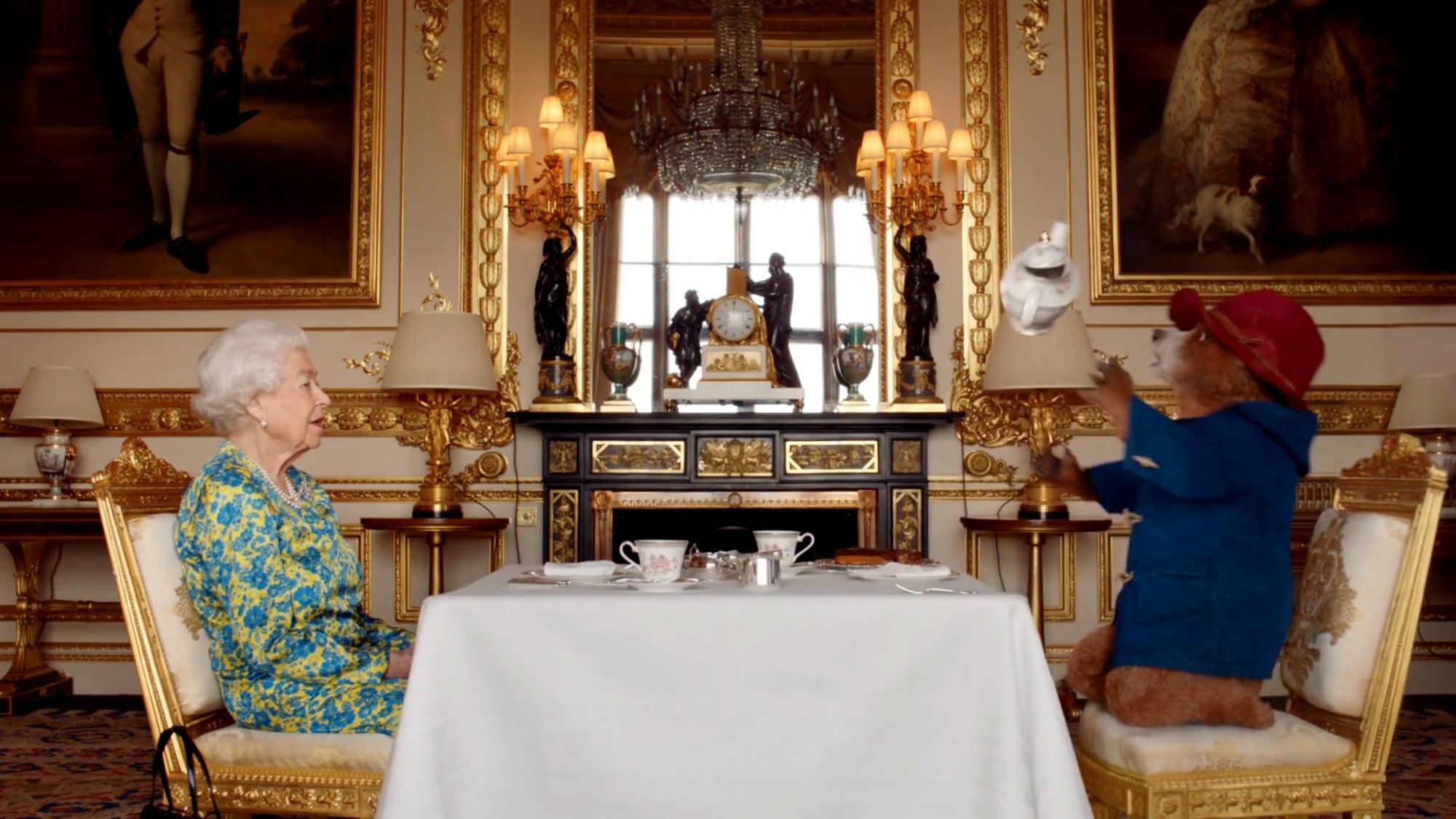
As a Modeler, nothing has changed the nature of my role yet. In the future, AI will probably be a revolution pushing Scan and Lidar techniques. It will probably be able to make a model from an image etc...
It's hard to wonder what the limit will be and how it will impact my role right now. Everyone hopes that tools like this will be used for good rather than bad!
I really love being one of the first people to see how things are made. It's fascinating to witness the process and meet incredible artists along the way. Learning from them is such a cool experience, and I feel lucky to have had the chance to exchange ideas with these talented artists.
Every morning, I hope to wake up with that same sense of excitement and curiosity, just like a kid. Starting my day with a smile, I get my gears going and dive into my work as a 3D Modeler. It's a privilege to have these awesome moments in my life.
Ooooh that's a contentious topic. The clients request that the studio do similar things with a better look and quicker. That means the artists have less time to propose and bring something better.
It sometimes feels the artistry is drained from the job: modelA, modelB, modelC, thank you, goodbye. After all the final budget is what drives a production.
I always believed that it was non-essential. The essential thing is your portfolio and the breakdowns. Being in school will help you to get a structure to learn, and nail the fundamentals of many areas: the understanding of the whole process in our industry, meeting the next-gen artists, professionals, getting a mentor, etc.
Your school will also help you develop the right mindset and confidence. Remember, YOU ARE LEGIT. Use your time whilst studying to get useful feedback to help you to focus on the right thing.
I had to build the environment. They are less important models but essential for the show. The environment is 80% of the image. Then you have characters and to finish hero assets. It's a load of work to do, and that makes the difference.
I had to prove that I made things well, with good topology etc.
What skills do you look for when hiring an artist?
I look for two essential things from Junior Artists. Firstly, a breakdown. Recruiters need to get sense from your demo reel or portfolio that you have a great workflow.
Making a Transformer is impressive, but you won't get the job if the workflow is unclear. You need to go one step further and show the wireframe, UVs, texture passes, etc.
And reference!! I ma looking to see that you have been able to follow an image reference. 99% of our job is to follow references. If you show that you are able to follow references with a good workflow, you'll undoubtedly get a job.

Understanding normals and essential coding ( don't need to have a strong knowledge).
Modelers need to understand that the normals are crucial to their work. We make support Edge for normals. When we need to add more edges, we need to make sure the normals work and that we optimise our mesh.
And finally, Coding. It's a game-changer. Quick and Easy example.
I had to change the colourspace of files with almost 100 UDIM in Maya to convert as a TX. That means something close to 500 maps. Every single one, one by one, manually. With just 5 lines of coding for each, I made it happen in one click.
Learning MEL with the Echoconsole is not too hard to do!
I maintain a positive mindset and focus on working collaboratively with my team. I strive to support and assist other artists to the best of my abilities, so that our departments work well together. I believe in open discussions and proactively addressing any mistakes rather than waiting for the daily meetings. My goal is to resolve issues and refine every aspect of the work to deliver the best work during our dailies.
Knowing that each artist has their own comfort zone, I try to encourage and challenge them to step outside of it. Whenever possible, I provide helpful insights and tips, particularly in areas like Maya and Houdini. I am also keen on learning from others, which is all about a collaborative environment.
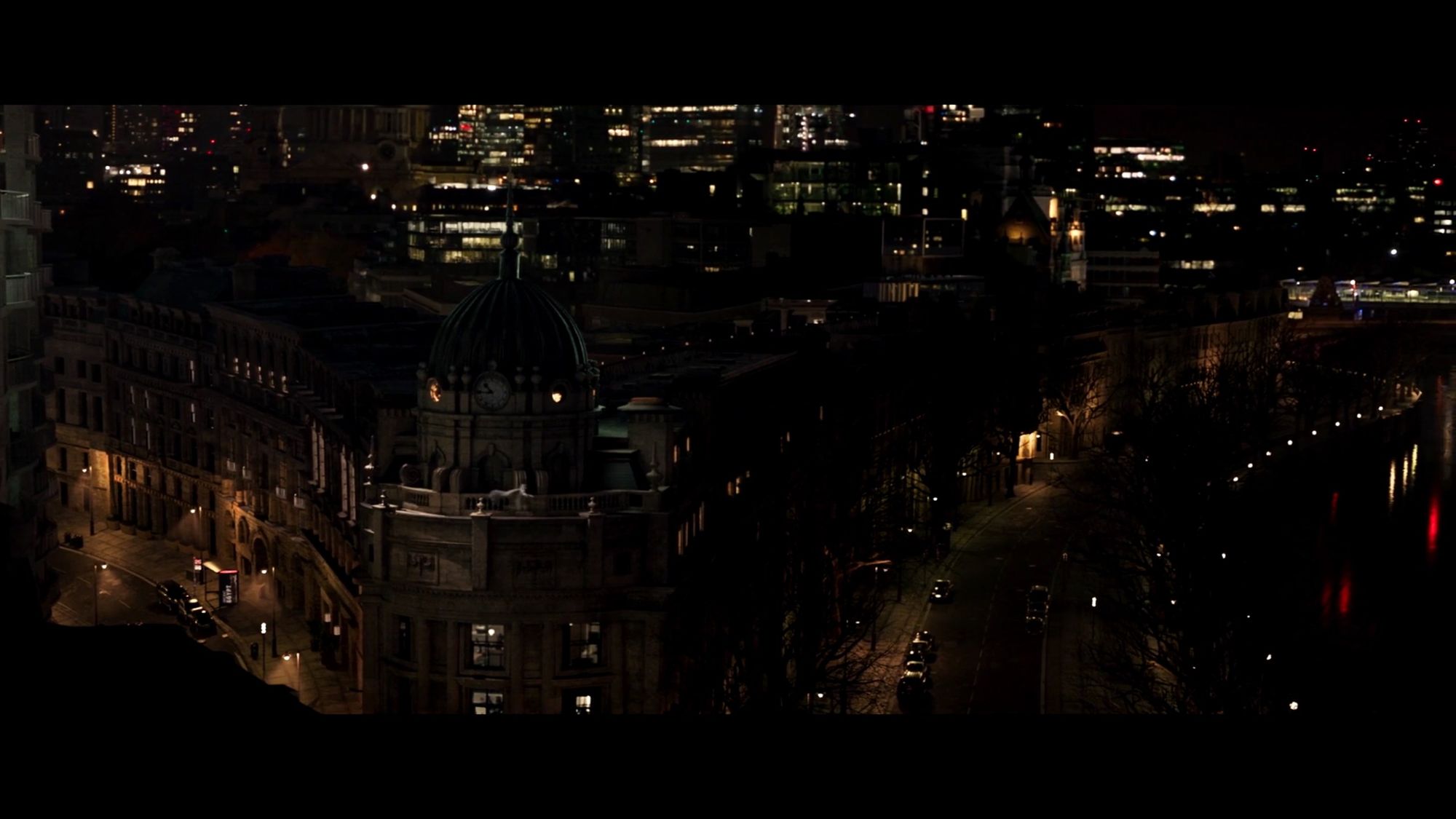
The main and best inspiration comes from nature. Go out. Walk in the city/forest. Observe everything around you. Every single tiny detail is tremendous; there is loads to observe.
For the last year, social media have been drowning in AI art. It's easy to feel small and useless, lose motivation, and stop before starting. It's essential to work and show your art and your skill set.
Take 1 image with a model you like. Reproduce it. Push your project the farthest you can. The goal is to match 1 to 1.
Post every asset with image references in an excellent presentation on social media or your Rookies portfolio. When you are happy, start another one... etc
For example, you can start with city pieces and make an environment to show your models in context. Then, make similar assets for a forests. The goal is to split an environment and understand what you need and how to cheat it. Use the same trees with slightly different scales, different orientations, and colour variations, all to get the job done beautifully and efficiently.
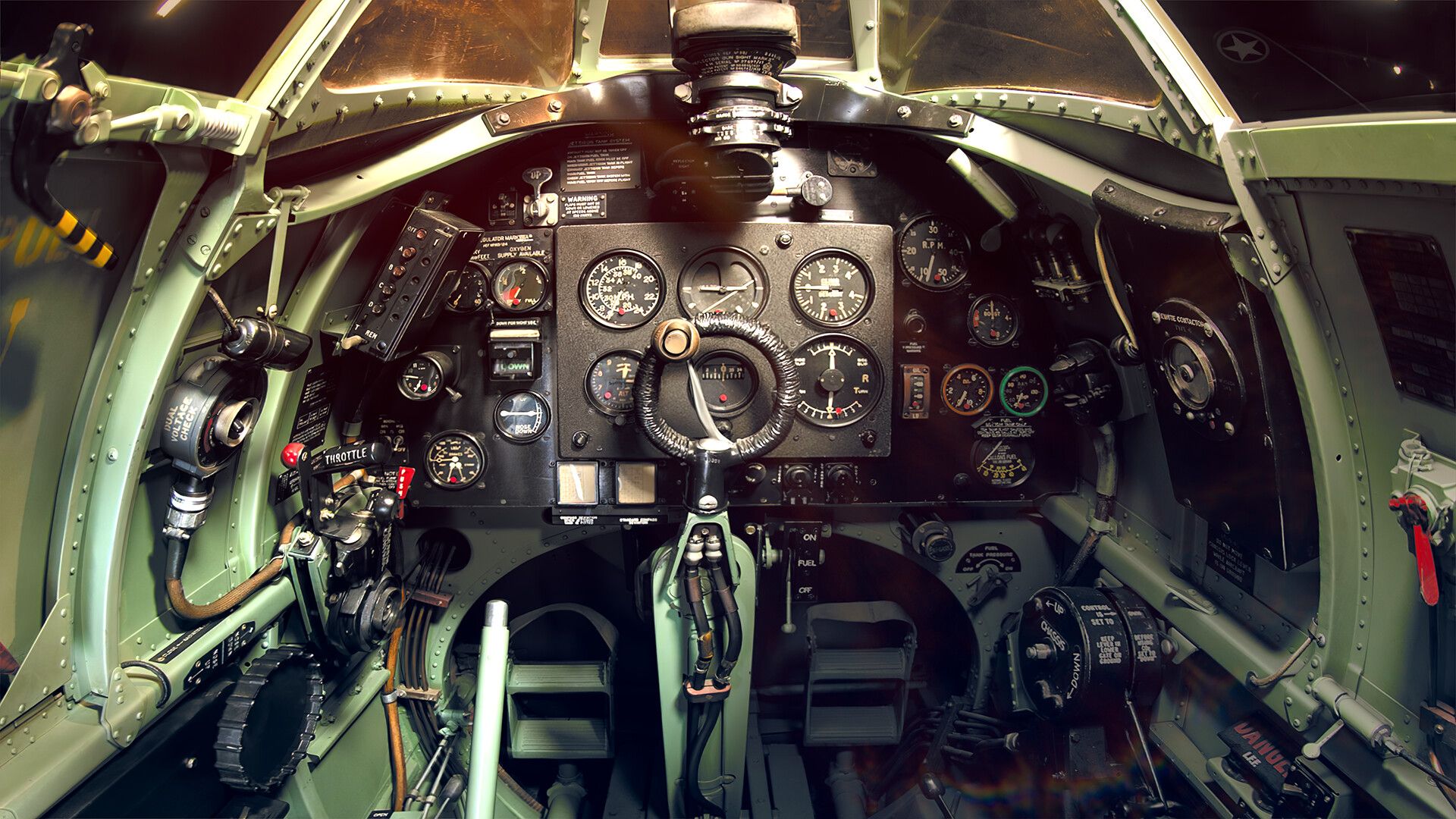
Here is a list!
Failure is part of the road to success. Please start, fail, learn, and fail every time you need. You'll finish by making it!
No matter your background, age or who you are where you live, you can do it. The worst thing is the first failure. But if you are able to continue, you'll make it.
You are legit. You are not an imposture. You are sacrificing a lot, but you'll feel much happier than you've ever been.
Reach out to Jonathan on LinkedIn, Instagram and ArtStation. You can also check out his student portfolio on The Rookies.